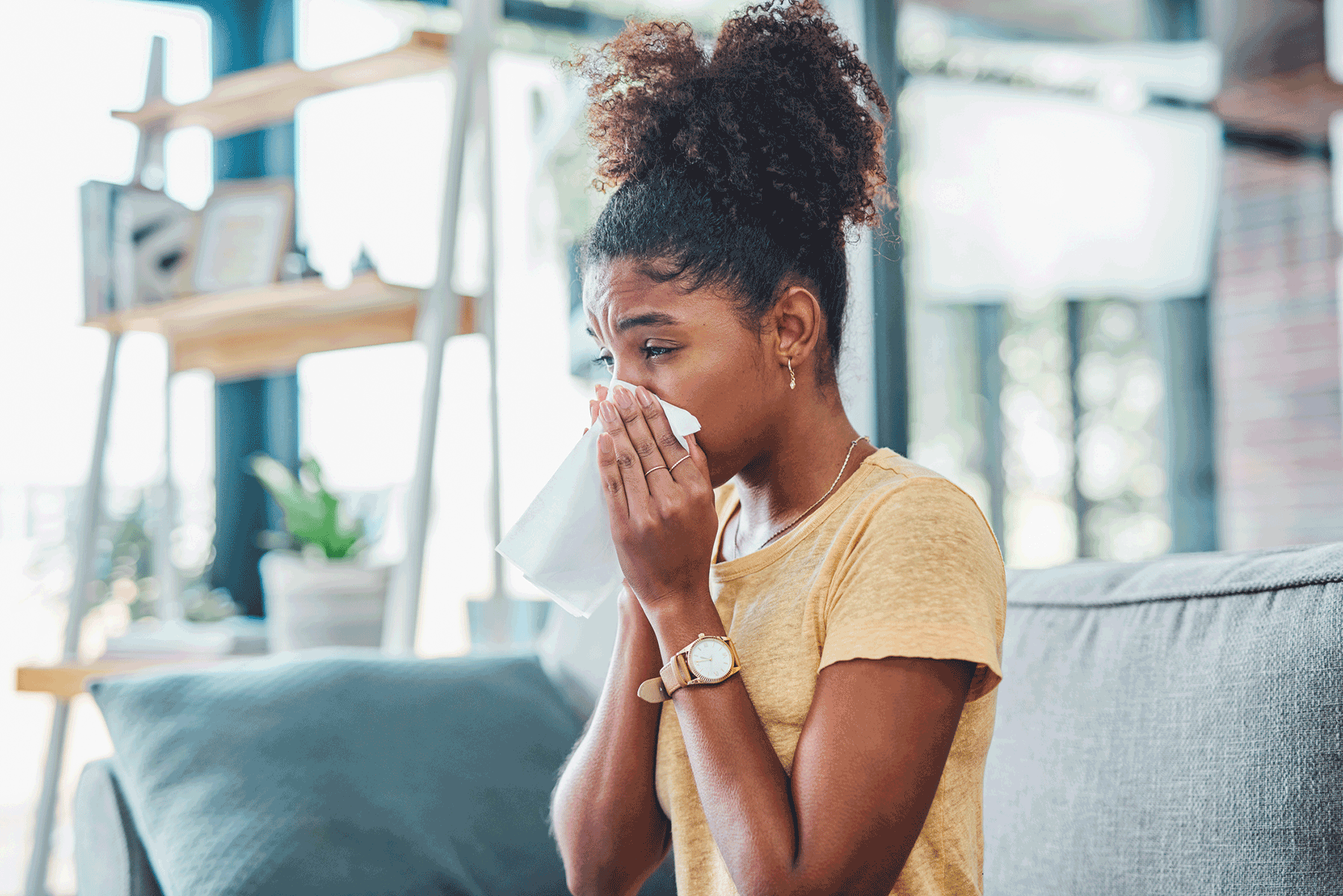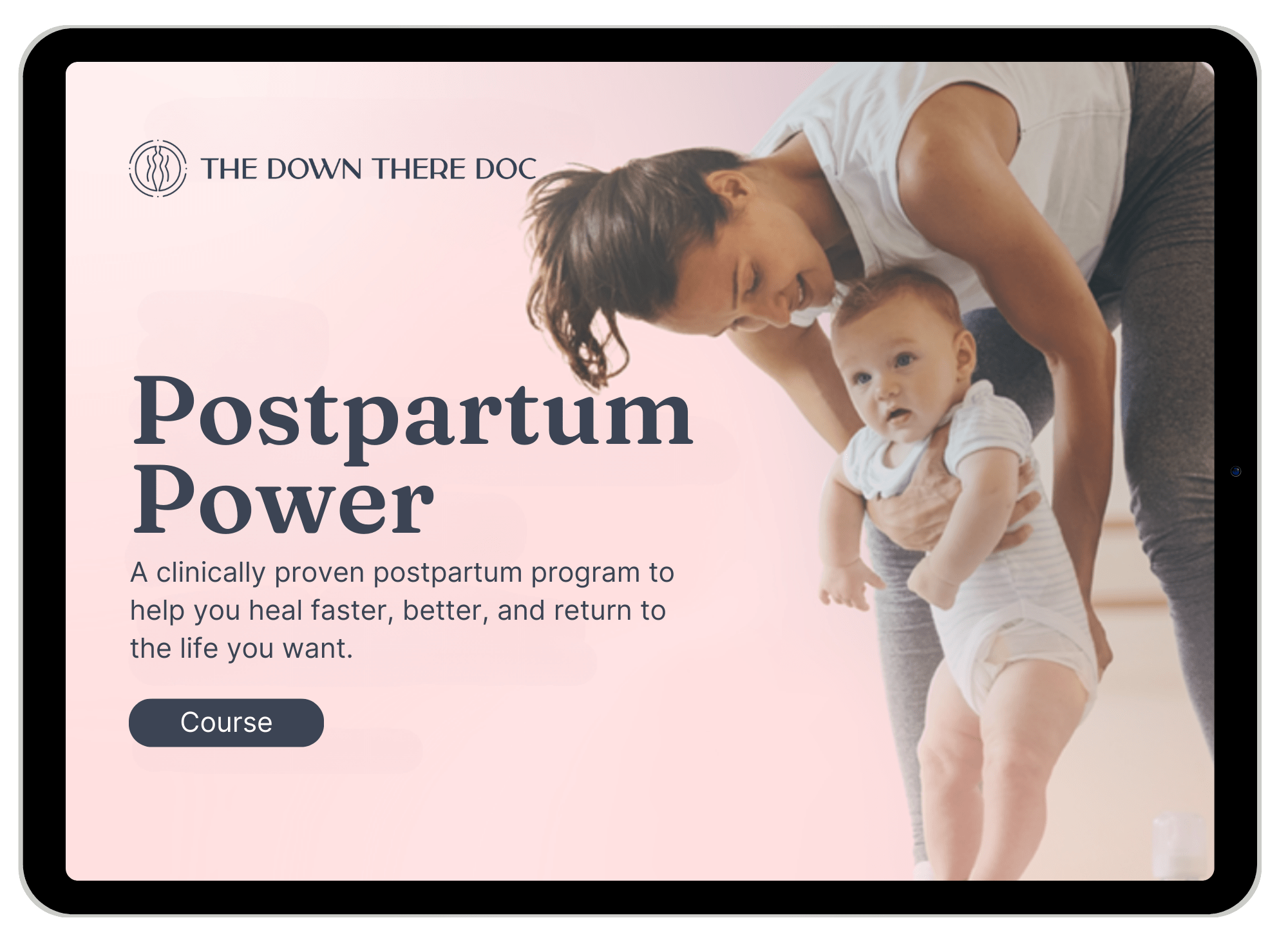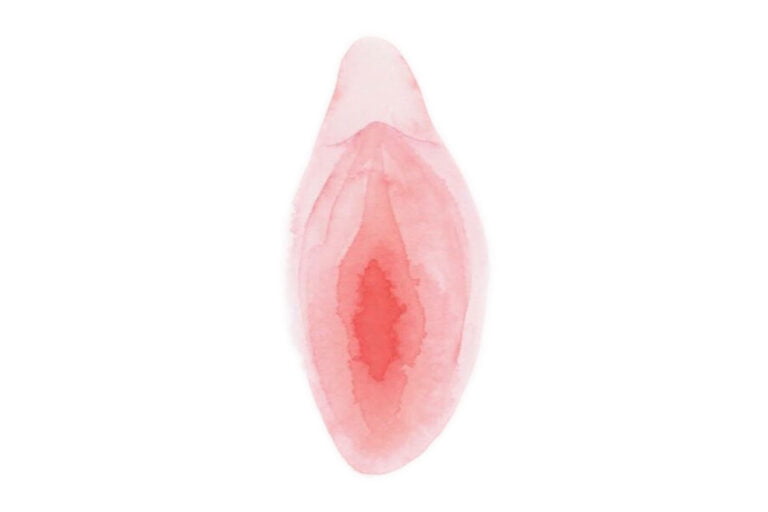Spring is a beautiful time of year, but for many women, it also means the start of allergy season. Allergies can cause a range of symptoms, including sneezing, coughing, runny nose, and itchy eyes. All that extra coughing and sneezing can cause extra strain on your pelvic floor resulting in dysfunction. In this blog post, we will discuss how allergies can affect the pelvic floor and what you can do to minimize the impact.
Because let’s face it even with all the pretty flowers and balloons we don’t need to be walking around, admiring the flowers with wet and is extra pads in our purses and soaked leggings.
See Also

Allergies and Pelvic Floor Dysfunction
Coughing and sneezing are natural reactions when your body is exposed to allergens. However, these actions can also cause added stress to the pelvic floor muscles. When you cough and sneeze, the air is expelled from your lungs at a high velocity, causing a sudden increase in pressure that affects the bladder by pushing it downwards.
This quick downward pressure causes the glottis to switch, closing the top of our throat and directing all of the pressure straight down to our bladder at the pelvic floor. Sometimes, the pelvic floor muscles may not have the strength to contract quickly enough to close the bladder and urethra, leading to leakage of urine during increases in abdominal pressure. This is known as stress incontinence and can go unnoticed.
However, when you experience increased coughing or sneezing due to allergies or a cold, you may notice an increase in leaking or prolapse symptoms. But don’t worry, there are simple things you can do to counteract this temporary increased load on your pelvic floor muscles.
Minimizing the Impact of Allergy Season on Your Pelvic Floor
While it’s impossible to completely avoid allergens, there are steps you can take to minimize the impact of allergy season on your pelvic floor:
Practice good pelvic floor hygiene
This can include a number of different things. For example, staying hydrated is crucial for maintaining a healthy pelvic floor. You should aim to drink at least eight glasses of water a day.
Additionally, it is essential to avoid constipation, as straining during bowel movements can put unnecessary pressure on your pelvic floor. To prevent constipation, make sure that you are eating plenty of fiber-rich foods and drinking plenty of water.
Finally, you should make sure that you are doing pelvic floor exercises regularly (more on this later).
Manage your allergies
There are plenty of over-the-counter allergies medicines that can be used to manage symptoms! If you have allergies, you’re probably well aware of the options! Sometimes just using a nasal saline spray can help lubricate your nostrils and get some of that irritating pollen out of your nasal passages. Always ask your physician about appropriate allergy medicine for you whether it’s over-the-counter or prescription.
The “Knack”
One of the best tips is to practice the “knack,” which is a simple exercise to help your pelvic floor muscles get into the habit of contracting when you have that increase in abdominal pressure.
Right before you feel a sneeze or cough coming on, try contracting your pelvic floor muscles as if you were trying to stop urine or gas, or as if you were picking up a blueberry with your vagina. This is called a pelvic floor contraction or Kegel exercise, and we need to train these muscles to activate automatically with a cough or sneeze.
Try not to plug your nose, and instead, gently sneeze through your mouth and nose. Keep some extra tissues handy and use them to wipe your nose rather than plugging it with your fingers. When you plug your nose and mouth, pressure builds up in your pelvic floor. By sneezing through your mouth and nose, we can reduce that pressure. And let’s be honest, who cares if a little bit of snot comes out?
Additional Pelvic Floor Exercises
In addition to using the Knack technique, you should also strengthen your pelvic floor muscles in functional positions. After all, we don’t leak when we’re just sitting down, right? We leak when we’re laughing, coughing, sneezing, moving around, or lifting things. Therefore, it’s important to be able to contract your pelvic floor muscles with your abdominal muscles and exhale when you’re performing functional movements throughout the day.
For example, try contracting your pelvic floor muscles before standing up from a seated position, before lifting something heavy, or before walking upstairs. These simple actions can help increase the strength and function of your pelvic floor muscles and help make engaging them a habit. One helpful tip is to make sure you’re not holding your breath or straining while performing these activities. Instead, focus on exhaling during exertion, rather than closing your throat and pushing down.
Seek treatment for pelvic floor dysfunction
Of course, the best thing to do is to try to get an in-person assessment from a pelvic floor physical therapist. However, we know that this can be difficult for various reasons. For one, it can be hard to find pelvic floor PTs. Additionally, it can become costly, and it’s difficult to juggle appointments with your schedule. Sometimes, there’s also a long waitlist.
That’s why we developed our online program, Postpartum Power, to give you the tools and resources you need to start strengthening your pelvic floor muscles. Our program is easy, fun, and something you can do when YOU have the time. Check it out here to quickly strengthen and improve your pelvic floor muscle function. With our program, you can avoid leaking this allergy season, and be stronger, healthier, and happier for the rest of the year.










